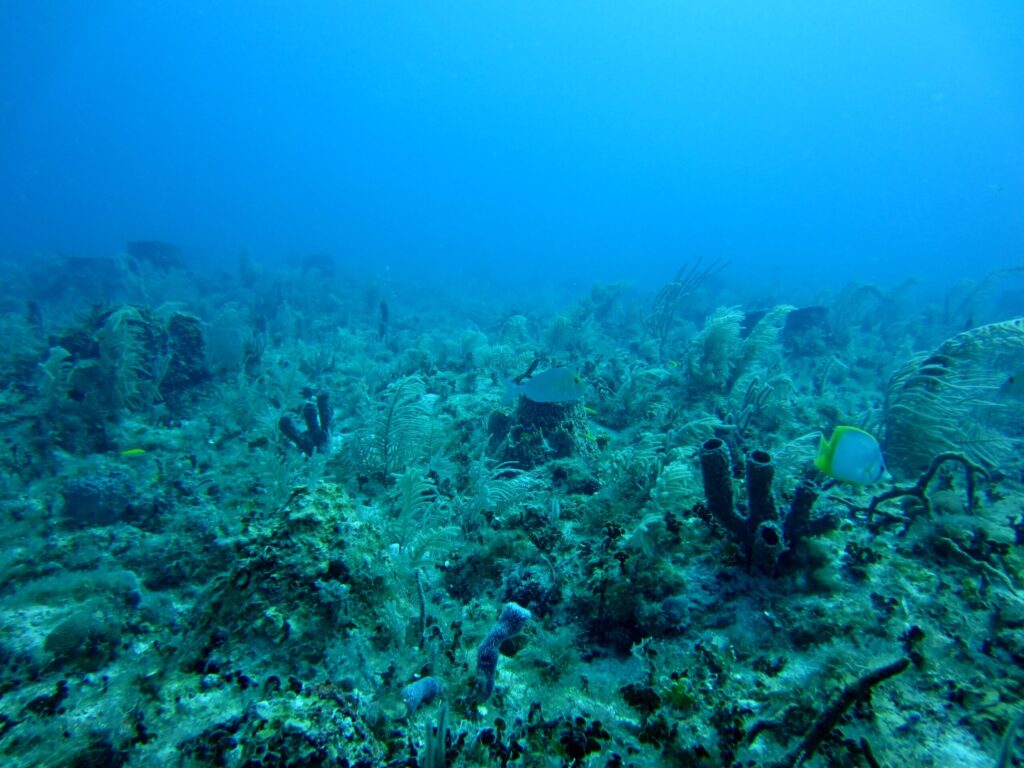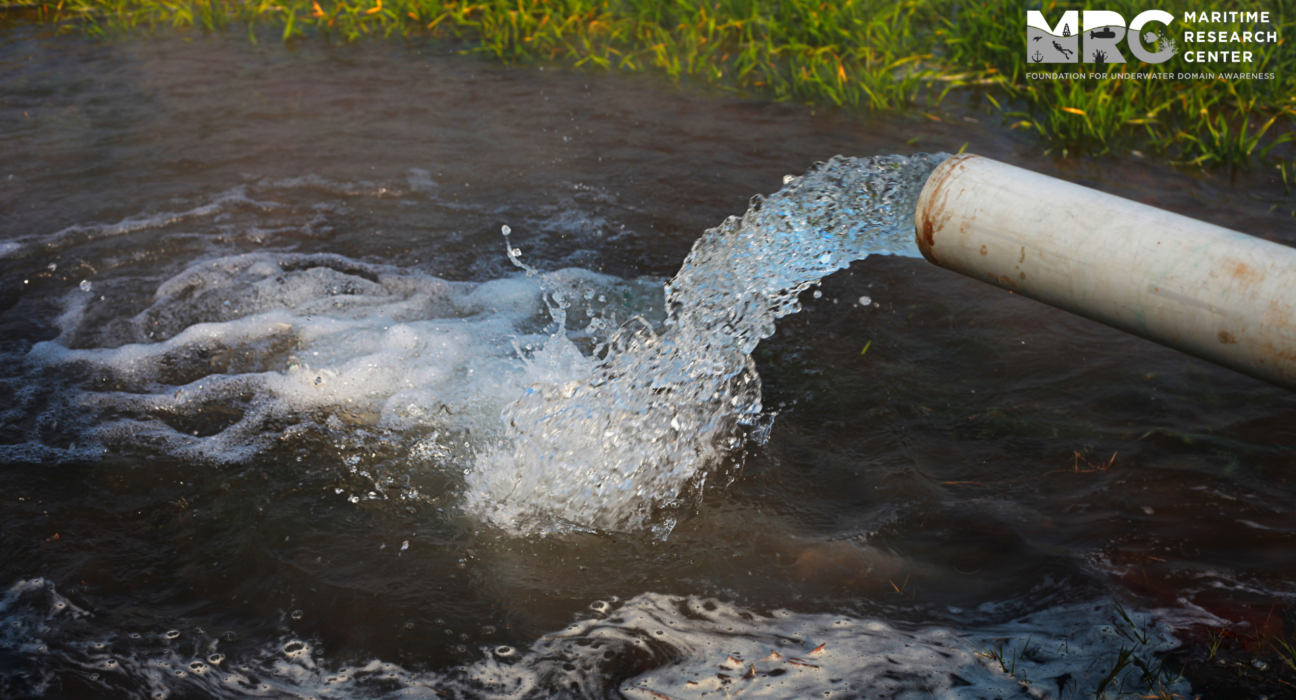- Groundwater governing authorities and policies
- CGWB assessment of the GW
- Potential sources of Groundwater contamination
- Disintegrated use of GW
- Misallocation of groundwater in agriculture in India
- Digital interventions in GW Management and UDA
Introduction
With a fourth of the global withdrawal, India is the greatest groundwater user. About 48% of the water used in Indian cities comes from groundwater. In India, there are more than 4,400 statutory towns and cities, and there are already 40 Cr people living there. By 2050, that number could rise to 70 Crores.
Even though there has been good infrastructural development, there will still be problems with water and food security, which will increase poverty in the cities.
Despite the resource’s high value, 29% of groundwater blocks are overused, critical, or semi-critical, and the situation is getting worse quickly (2004 nationwide assessment.) Aquifers are also running dry in the most densely populated and economically prosperous regions. Groundwater resources will be severely strained by climate change.
The viability of agriculture, long-term food security, livelihoods, and economic growth will all be seriously impacted by this. Over a fifth of the nation’s harvest will reportedly be in jeopardy.
The extent of landholdings, population density, the amount of water used by crops, the behavior of water users, groundwater regulation and management, electricity subsidies for pumping irrigation water, and economic policies all play a role in groundwater exploitation.
GW Governing authorities

The chart above depicts disintegrated regulations for groundwater resources and quality in India. The two heads represent the two major regulations being set up by different ministries for governing the quantity and quality of GW resources as well as enforcing the laws on groundwater exploitation.
Ministry of Jal Shakti upholds several departments from which the Central Ground Water Board and Central Water Commission are associated with groundwater resource assessment. Through the annual reports of CGWB regular groundwater qualities are being made available to the public. Ironically, CGWB is not responsible for stringent actions like penalties on the units illegally withdrawing groundwater. Either the Municipal corporation, the pollution control board, or the Jal board must be involved in providing NOC to various units dealing with groundwater. There have been some historic cases in which thousands of illegal borewells operating in the megacities were closed. The question is why are these tube-wells dug in the first place?
There is a clear indication of cities not being able to extract water from surface water sources like rivers due to polluted water in the rivers, plus groundwater is considered a property by who-so-ever has dug a borewell in his/her piece of land. The matter of groundwater flow is least considered by the authorities while granting NOC and the individual before digging a well for their interests. Similar NOCs have been granted to the National Highway Authority of India in Uttarakhand to make highways by carving through mountains. Now, if you drive on those large roadways, you may encounter a stream of water at various locations and they are constantly prone to accidents. Originally, these streams led to springs, but because mountains were cut without sufficient research, springs now go dry during most seasons because the original stream is no longer going where it was intended to. Increased bottling facilities in hill towns have also contributed to the drying up of springs because people are now paying for access to the free water that was once available to locals.
CGWB assessment report
Out of the total 6965 assessment units (Blocks/ Districts/ Mandals/ Talukas/Firkas) in the country, 1114 units in various States (16 %) have been categorized as ‘Over-Exploited’ indicating groundwater extraction exceeding the annual extractable groundwater resources (availability). The Categorization Map of Assessment units of GWRA-2020 is given in the map below:


As shown in the table above, the number of overexploited areas has dramatically expanded over the past 20 years. The valuable source of fresh water, groundwater, is heavily overused as a result of inefficient and haphazard irrigation practices. As can be seen on the map, significant areas of Rajasthan, Karnataka, and Tamil Nadu are notable regions that are being overexploited.
Groundwater contamination
When man-made substances like chemicals, oil, road salts, and gasoline end up in the groundwater, they cause it to become contaminated and dangerous for human use.
Surface-level materials from the land can permeate the soil and end up in the groundwater. Pesticides and fertilizers, for instance, have the potential to contaminate groundwater over time. Additionally, discarded motor oil, hazardous compounds from mining sites, and road salt can leak into the groundwater. In addition, dangerous compounds from underground storage tanks and leaking landfills as well as untreated septic tank waste may contaminate groundwater.

Agriculture & GW
Agriculture consumes 78% of the freshwater available in India. According to a report from 2014, by the Bharatiya Agro Industries Foundation, 70% of Indian agriculture is rain-fed. However, the sea receives 65% of its total annual rainfall. Due to subsidies for water and power use, groundwater extraction has significantly expanded. Because of the government’s water-saving initiatives, sugarcane is now being grown in areas where it was never intended to. Lower production and a smaller contribution to the nation’s GDP are the results of this.
Even after accounting for land productivity and sugar recovery rate, the ICRIER analysis shows that states like Bihar and eastern UP should be growing more sugarcane than Maharashtra, Karnataka, Andhra Pradesh, and Tamil Nadu from the perspective of irrigation water productivity. According to the 2011 census, 22.5 million Indian families already use external water sources.
“A family member, typically a woman, must travel and wait for water outside the home for an average of 30 minutes each day, according to the 69th NSSO research”.
This is because there is a serious water deficit in many parts of India, including big cities like Bengaluru, Chennai, and Hyderabad. A closer examination of the cropping practices in the various Indian states reveals a horrifying inefficiency that is to blame for most India’s water-related issues, particularly the worrisome rate of groundwater depletion. In states like Maharashtra, Uttar Pradesh (UP), and Punjab, water-intensive crops like sugarcane and paddy are produced, consuming thousands of liters of irrigation water per hectare, according to an ICRIER study (see Table below for details on sugarcane production). Maharashtra produces 22% of the nation’s sugarcane yield, while Bihar produces only 4% of it, despite the severe water need.
Additionally, irrigation is used to grow the sugarcane crop in Maharashtra, although there is already a severe water deficit in other parts of the state. The state was compelled to employ a 50-wagon train during the summer of 2016 to supply drinking water to the Marathwada region (22% of the state’s sugarcane is grown there).

A similar story emerges when one looks at the second crop, paddy, which uses a lot of water. Nearly all the paddy is irrigated in Punjab, the third-largest producer of rice in India. As a result, even “though Punjab has the highest rate of land productivity, producing one kilogram of rice requires more water than both Bihar and West Bengal put together”. It is disturbing that 80% of the water utilized to cultivate paddy fields in Punjab comes from groundwater. Therefore, it is not unexpected that groundwater is being overused in 76% of Punjab’s administrative divisions.
As seen in the states of Punjab and Haryana, inadequate investments in the infrastructure for canals and reservoirs, improper management of surface and rainwater, as well as unaligned input subsidies, can lead to unsustainable groundwater use for agriculture. Groundwater recharge is also somewhat impacted by unplanned urbanization. As India approaches its own Day Zero, we need to look for both urgent and long-term solutions to stop this water catastrophe and become sustainable in the long run. There are a few short-term approaches to reducing water use in agriculture, such as switching to less water-intensive crops in arid regions and going back to conventional, ecologically friendly agricultural methods.
Digital interventions for GW management
Groundwater mapping as is seen in the earlier section may play a crucial role in the safeguarding of groundwater, especially in hilly areas. The path of groundwater is most important to be known and equally important to reserve our aquifers. Several rejuvenation projects as are ongoing by the government in various parts of the country shall be dependent on the aquifer mapping. This is seldom understood by the government and illogical random digging is being done resulting in no rejuvenation rather artificial ponds that dry because of the non-availability of aquifers in the ground to enrich the pond.
Marine spatial Planning
Marine Spatial Planning (MSP) is probably the most effective tool for governance and management of challenges and opportunities in the marine as well as the freshwater systems. The precise mapping of the resources, their quality & availability, concerns of security & sustainability, and many more can help in their effective and efficient exploitation. The exploration is equally critical and there again, MSP can be a great tool. All kinds of policy & technology interventions can be deployed using MSP in vast marine and freshwater systems.
Ground water modelling
A groundwater flow model is a mathematical depiction of the movement of groundwater through an aquifer made up of saturated rock and silt. Numerous simulation models like MODFLOW are used for groundwater investigations to simulate the flow. The issue arises when the use of this data is limited to studies and no policies have been developed yet utilizing these digital methods.
Geoinformatics (GIS) models can be used to map the vulnerability of various regions in terms of quantity as well as quality of water. Flow transport models can be utilized as measuring solute transport in groundwater as well as surface waters. Digitally if the data is made available to different stakeholders concerning the areas e.g. downstream population, be it an industrial sector or an agriculture field may have access to the information on water quality it receives or is going to receive. Accordingly, a water audit shall help maximize the efficiency of the water being used in the sector.

Yukti Sharma
About Author
Ms. Yukti Sharma, who worked as a Fellow at MRC, is a consistent and opportunist individual who did her Bachelors in Environmental Engineering from Delhi Technological University. She is currently pursuing MTech in Water Resource Engineering and Management. A keen learner and an excellent observer, she likes to be on the brighter side of things. She joined MRC to expand her learning to a higher, unmatchable level, with the support and knowledge of professional guides. She has done research on the Evaluation of a Bio-signal ring in the reduction of air pollution levels during her bachelor’s. She has two papers published in different international journals, one of which is Crimson Publications (RDMS). She is looking forward to working for the environment with the existing governance as well as defining new meanings to the governance itself to act suitably on what is necessary.


